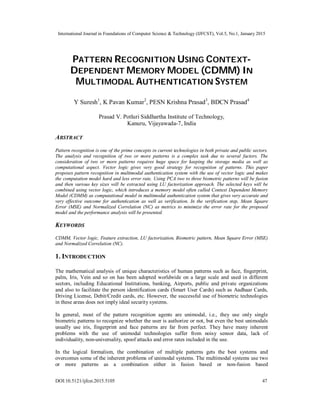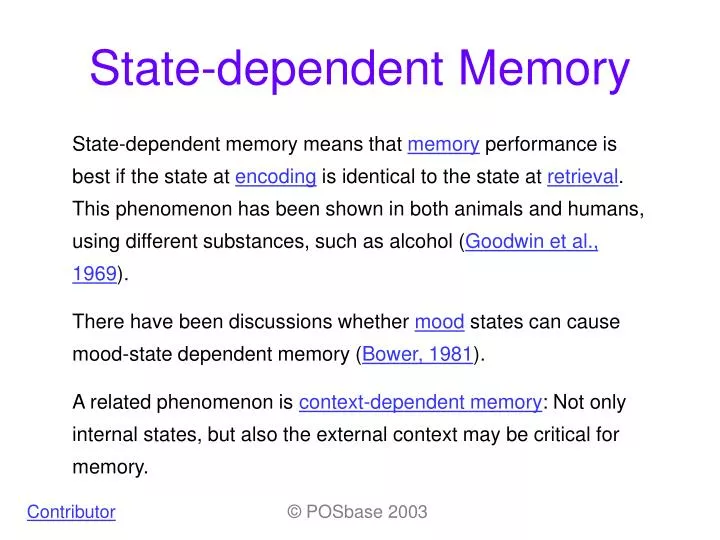

In other words, these two environments differed not only perceptually, but also in their prior conceptual associations. First, we used two virtual reality (VR) environments that we predicted would activate distinctive pre-existing sets of knowledge (i.e., schemas) in the subjects, underwater (UW) and Mars planet (MP) environments. In the present study, we aimed to develop an experimental paradigm that can produce a strong context reinstatement effect in a laboratory setting. Once information has been attached to this contextual scaffold, reinstating the scaffold at test should facilitate recall, and taking it away should hurt recall, thereby leading to a context change effect. These ideas fit with prior work in cognitive psychology (Alba & Hasher, 1983 Bransford & Johnson, 1972) and cognitive neuroscience (Gilboa & Marlatte, 2017 Poppenk & Norman, 2012 Preston & Eichenbaum, 2013 Schlichting & Preston, 2015 Tse et al., 2007 van Kesteren et al., 2012 Whittington et al., 2019) showing that activation of relevant pre-existing knowledge (i.e., schemas) can facilitate new learning by providing a “scaffold” onto which new information can be attached. Standard laboratory experiments that merely change the physical environment or the color on a screen may have failed to elicit the effect because they failed to make subjects believe that they were in different situations.

These studies suggest that, in order to demonstrate a robust context effect, subjects should mentally represent distinct situations and activate distinct sets of knowledge while encoding and retrieving the items. Relatedly, a change in the mental representation of the current situation can reduce access to episodes that happened before the change (for a review, see DuBrow et al., 2017). Similarly, Smith and Manzano ( 2010) showed a robust context reinstatement effect in a study where contexts were manipulated by video scenes showing situations that subjects were likely to be already familiar with.
#Context dependent memory how to#
It is worth noting, however, that subjects were put into vastly different situations that likely activated different bodies of knowledge associated with each environment (e.g., how to swim and breathe underwater). They found that scuba divers recalled learned words better when the retrieval context (underwater or land) matched the encoding context. One of the seminal studies that showed strong context-dependency used rich, real-world environments to manipulate the congruency between encoding and retrieval contexts (Godden & Baddeley, 1975). The discrepancy between the strong anecdotal psychological experience and weak experimental evidence indicates that extant experimental paradigms are missing key features that are responsible for evoking context-dependent memory in real life.

Contexts have been manipulated in various ways such as background colors (Isarida & Isarida, 2007 Weiss & Margolius, 1954) and physical rooms (Eich, 1985 Fernandez & Glenberg, 1985), but these manipulations do not always lead to a context-reinstatement effect (Fernandez & Glenberg, 1985 Isarida & Isarida, 2007 Wälti et al., 2019). However, the beneficial effect of context reinstatement in recall has not been consistently supported in the memory literature (for a review, see Smith & Vela, 2001). Research in episodic memory explains this effect with the encoding-specificity hypothesis, which posits that increasing levels of overlap with the encoding context during retrieval aids memory performance (Tulving & Thomson, 1973).

This flood of memories when returning to an old environment is known as the environmental reinstatement effect (Smith, 1979). Walking by campus may make it easier to recall past events that took place in the dorms, classrooms, and dining halls, even when those memories are not easily retrievable elsewhere. Returning to an alma mater for a reunion can bring back memories from the past.


 0 kommentar(er)
0 kommentar(er)
